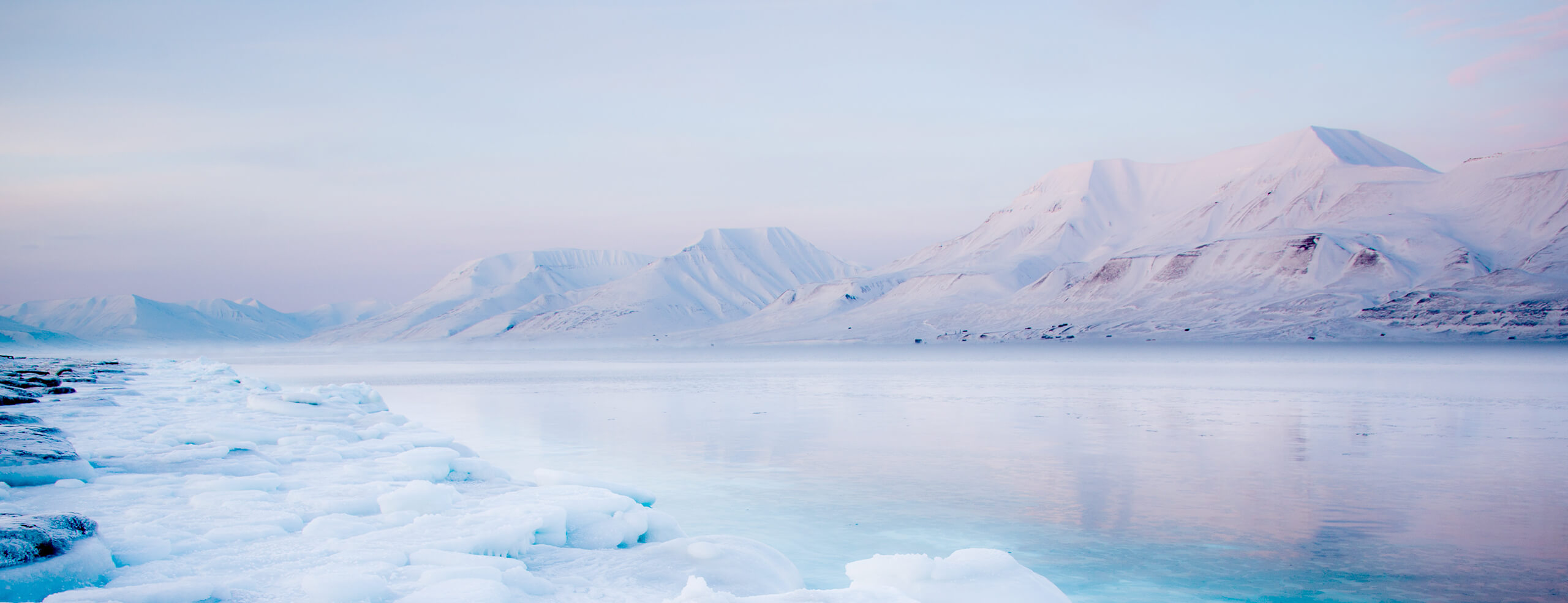Artificial intelligence application to the identification of functional traits of zooplankton from high-resolution images (ARTIFACTZ)
This project is part of the Université Laval / Université Côte-d'Azur research partnership.
Principal investigators
Co-investigators
Denis Laurendeau, Lionel Guidi
Collaborators outside of ULaval / UCA
Sakina-Dorothée Ayata (Université Sorbonne)
Abstract
The Arctic is strongly impacted by the consequences of the ongoing climate changes, so much that this region is warming at a rate three times higher than elsewhere on the planet. One major consequence is the fast and irreversible retreat of its sea ice cover that will lead to profound and yet unpredictable perturbations of Arctic marine ecosystems. The base of Arctic marine ecosystems is supported by the growth of planktonic organisms that have adapted the extreme environmental conditions.
These adaptations, often shared by many species, represent “functional traits” that influence the fitness of individuals and the ecosystem functioning as well. A better understanding of these traits appears crucial to predict the responses of marine ecosystems to the unprecedented changes affecting the Arctic Ocean. Several traits are associated to morphological features (e.g. size, egg sac, lipid stores, etc.), hence allowing to detect and measure them automatically from images.
Imaging methods for plankton studies have multiplied and rapidly improved for the past decade. Thus, our main objective is to develop new tools combining imaging methods and machine learning algorithms in order to automatically measure important functional traits of planktonic organisms. This approach aims at a better understanding of the structure and functioning of Arctic marine ecosystems currently under pressure, but it will be possible to expand it to marine ecosystems that benefit from growing monitoring programs, including individual images of organisms. On the long run, functional traits automatically measured from individual images could be used as sentinels of ecological changes in the Arctic and all over the world.

